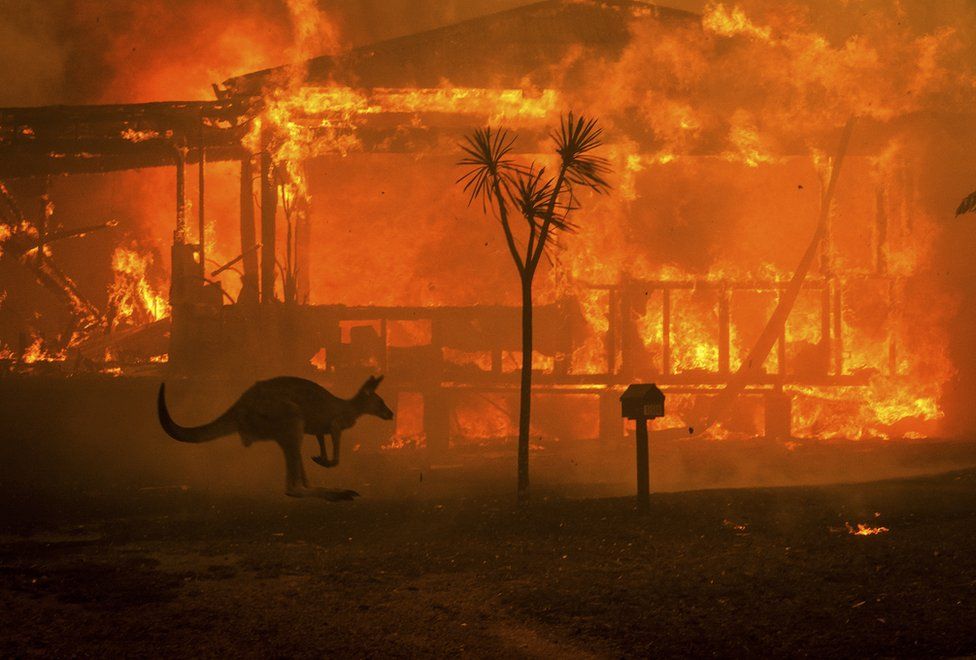Debunking BAL Reports: A Guide to Understanding Your Residential property's Bushfire Danger
Debunking BAL Reports: A Guide to Understanding Your Residential property's Bushfire Danger
Blog Article
Exactly How BAL Report Impacts Shrub Fire Security Measures
In the world of bush fire protection, the Structure Strike Level (BAL) record stands as a vital tool that considerably influences the security and strength of properties in fire-prone locations - BAL Report. The effect of a BAL analysis expands far past plain documentation; it offers as the keystone for identifying the proper building standards and fire defense measures necessary to mitigate the risks posed by bushfires. As areas come to grips with increasingly serious fire periods, comprehending exactly how the BAL report forms these safety procedures comes to be paramount for builders, property owners, and policymakers alike
Understanding the Bushfire Attack Degree

Relevance of BAL Record Assessment

Moreover, the BAL record analysis acts as a fundamental action in adhering to lawful responsibilities and requirements connected to bushfire protection. Neighborhood councils and authorities typically mandate the submission of a BAL report as component of the planning and structure authorization process to ensure that residential or commercial properties are properly safeguarded against bushfire threats. Failing to perform a thorough BAL record analysis can result in inadequate defense procedures, leaving homes susceptible to devastating bushfire cases.
Building Requirements Based Upon BAL
An extensive understanding of the Bushfire Strike Degree (BAL) makes it possible for property owners to apply building and construction requirements customized to their details risk profile. Building requirements based on BAL are important in minimizing the effect of bushfires on homes. The BAL rating classifies the prospective threat a residential or commercial property faces throughout a bushfire on a range from BAL-Low to BAL-FZ (Fire Zone)
Implementing Fire Defense Steps
With the foundation of construction criteria based on Bushfire Strike Degree (BAL) in place, the emphasis now moves towards the useful application of fire defense measures to fortify residential or commercial properties against bushfire threats. Easy steps find more information include using fireproof structure products, installing cinder guards on vents, securing gaps in walls and roofings, and maintaining a clear space around the residential or commercial property totally free from combustible plant life. By integrating both passive and active methods, residential properties can dramatically reduce their vulnerability to bushfire events and raise the security of residents.
Shielding Residences Versus Bushfires
Effectively protecting homes against the damaging influences of bushfires calls for a aggressive and detailed strategy to fire security procedures. Home owners residing in bushfire-prone locations should prioritize the application of various techniques to enhance their home's durability against wildfires. One fundamental facet is creating a defensible room around the home by keeping a clear zone devoid of combustible materials. This includes consistently cutting greenery, removing dead plants, and guaranteeing a risk-free range between trees and frameworks. Setting up fire-resistant roofing materials can additionally considerably minimize the threat of cinder strikes and direct flame contact. Furthermore, sealing vents and spaces to stop coal breach, as well as including fireproof windows and doors, can help fortify the home's defense versus bushfires. Buying a trustworthy water source, such as a well-maintained sprinkler system or from this source a devoted water container, is vital for supplying water during fire emergencies - BAL Report. By accepting a proactive stance and incorporating these safety procedures, house owners can dramatically increase their chances of protecting their homes against bushfires.
Verdict
In conclusion, the Bushfire Attack Level (BAL) report plays a critical function in figuring out the essential defense steps against bushfires. By analyzing the BAL, construction standards can be customized to mitigate the dangers and ensure the security of homes in fire-prone areas. Applying fire security steps based on the BAL record is crucial in protecting buildings from possible bushfire dangers. It is necessary for home owners to focus on BAL assessments and abide by recommended construction requirements to boost bushfire resilience.
In evaluating bushfire risk to homes, understanding the Bushfire Attack Degree (BAL) is an essential component for carrying out efficient defense actions. Generally, a clear understanding of the Bushfire Assault Degree is necessary for implementing ample protection actions and mitigating the influence of bushfires on residential or commercial properties.

Report this page